Our comprehensive guide to sustainable Tanzania adventures will help you determine when to go, where to stay, the top things to see and do, and what to bring. It was contributed by world travel expert Alexa.
Tanzania is a dream destination for wildlife lovers.
Here’s the good news – you can explore this beautiful country while still caring for the planet. In this guide, we’ll show you how to have eco-friendly adventures in Tanzania.
Whether you’re embarking on wildlife safaris or going for hiking excursions, there are many ways to travel here responsibly.
Here’s a guide to sustainable Tanzania adventures.
Best time to visit Tanzania
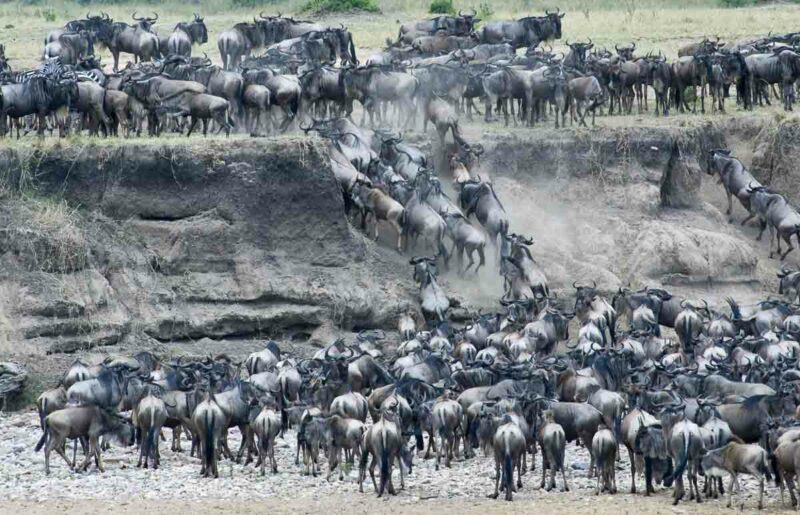
The best time to visit Tanzania for sustainable adventures is during the dry seasons. These are from June to October and December to February. During these months, you can easily spot wildlife as they gather around water sources. The weather is pleasant, with less rain and cooler temperatures.
Another great thing about travelling during the dry season is you can help protect Tanzania’s fragile ecosystems. Fewer tourists mean less impact on natural habitats. It’s an ideal time for wildlife safaris in places like Ngorongoro Crater and the Serengeti.
The green season from April to May is also a good time to visit. During this time, you can enjoy lush landscapes and fewer crowds. But there’s the possibility of rain showers, which can make some roads muddy and difficult to navigate.
Whether you visit during the dry or wet season, aim to support eco-lodges and wildlife conservation projects. This way, you can help the local communities and enjoy Tanzania’s stunning beauty while travelling responsibly.
Where to stay in Tanzania
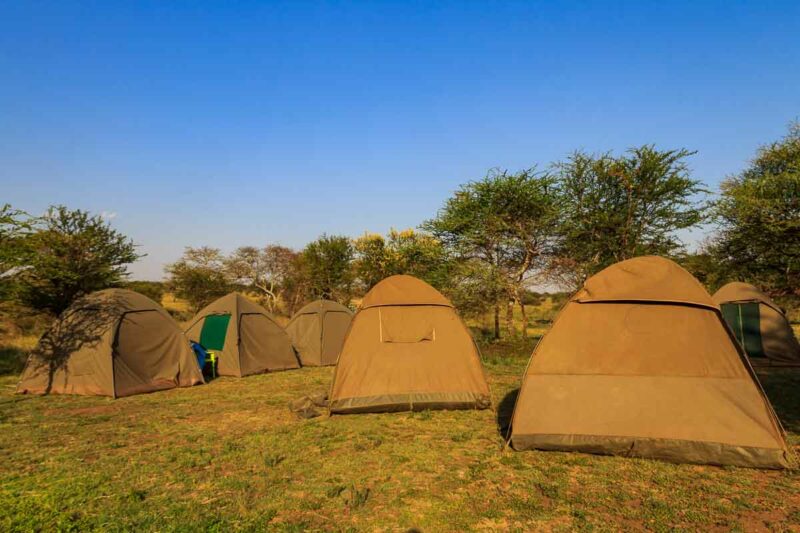
Serengeti National Park
Since you’re travelling sustainably in Tanzania, you should stay at eco-friendly accommodations. You may want to consider booking one of those amazing safari and beach holidays in Tanzania, so you won’t have to worry about searching for places to stay.
Here are some eco-friendly accommodations to consider:
- Eco-lodges – these lodges are determined to minimise their environmental footprint and often use renewable energy sources. They are also designed to blend seamlessly with the natural surroundings.
- Mobile camps – these are perfect for those embarking on wildlife safaris. The camps are designed to be low-impact and can move to various locations, thereby, reducing the impact on wildlife habitats.
- Community-run guesthouses – for a more intimate experience, stay at community-run guesthouses. It’s also a great way to support local communities. These guesthouses often use sustainable practices and contribute to the local development.
- Beachfront eco-resorts – located in Zanzibar or other coastal areas in Tanzania, these resorts use solar power, support marine conservation, and often have beautiful beachfront views.
Best things to see in Tanzania
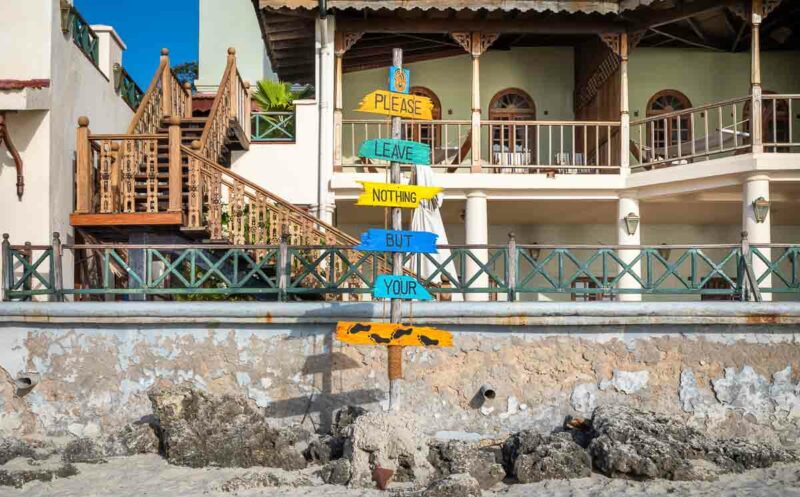
Here are some of the best things to see in Tanzania:
- Ngorongoro Crater
This UNESCO World Heritage Site is a massive volcanic caldera home to amazing wildlife. Thanks to the crater’s diverse ecosystems, you can spot different animals here, including elephants, lions, rhinos, and flamingos.
- Serengeti National Park
Renowned for the Great Migration, the Serengeti is one of Africa’s top safari destinations. This is where you can witness millions of wildebeests, zebras, and other animals migrating through the plains.
- Zanzibar’s Stone Town
Another UNESCO-listed site in Tanzania is the Stone Town of Zanzibar. Explore the town’s winding alleys leading to spice markets and some old buildings. The architecture is fascinating, featuring a mix of African, Arab, and European influences.
- Mount Kilimanjaro
Africa’s highest peak, Mount Kilimanjaro, is a popular trekking destination. The challenging trails and breathtaking views make it a favourite of some of the world’s most avid climbers. Reaching the summit is no easy feat, but it’s truly a rewarding adventure!
What to do in Tanzania
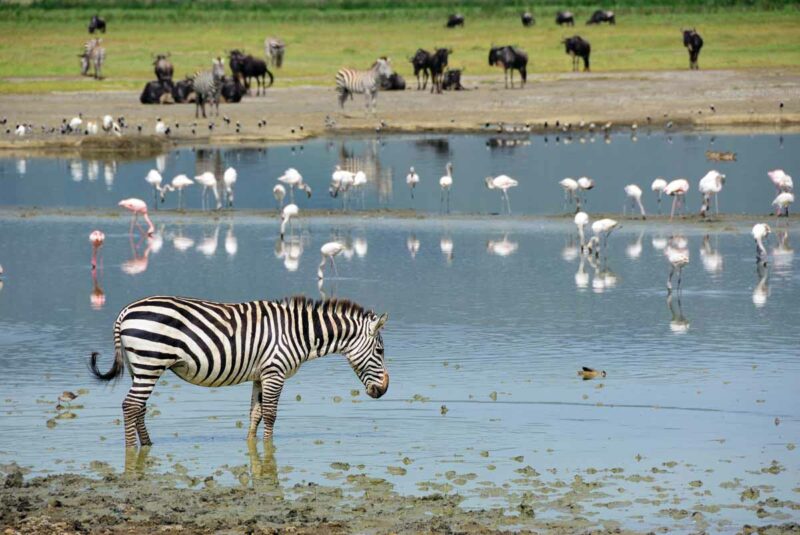
There are endless things to do for those looking to travel sustainably in Tanzania. Here are some of them:
- Sustainable Kilimanjaro trekking
Visitors often look to challenge themselves by hiking Kilimanjaro. Choose those eco-conscious trekking holidays that prioritise “Leave No Trace” principles. These operators help preserve the mountain’s environment and support local communities.
- Eco-friendly safari in Serengeti National Park
Book with sustainable safari operators who use low-impact vehicles for your safari adventures in the Serengeti. These operators also support wildlife conservation efforts. Through them, you can enjoy game drives while minimising your ecological footprint.
- Visit Ngorongoro Crater
When visiting the Ngorongoro Crater, stay at eco-lodges around the crater that practice responsible tourism. These lodges often support local conservation initiatives and minimise waste.
- Explore the Selous Game Reserve
When exploring the Selous Game Reserve, book with operators that offer walking and boat safaris with a focus on minimising environmental impact. These safaris often include education about local conservation efforts.
- Participate in conservation projects in Ruaha National Park
For a truly sustainable way to travel in Tanzania, participate in volunteer programs that help with wildlife monitoring and habitat restoration. This allows you to contribute directly to conservation while exploring the park.
- Relax at eco-resorts in Zanzibar
After all the fun adventures, the best way to relax is to stay at eco-resorts in Zanzibar. These resorts use renewable energy and practice waste reduction. Enjoy the beaches while supporting marine conservation projects.
- Tour Dar es Salaam
Take the time to tour the city of Dar es Salaam. Book tours are led by local guides who practice sustainable tourism. Aside from immersing into the local culture, booking these tours helps you support the local community projects.
What to pack for Tanzania
Here’s a list of essential items to pack for a sustainable holiday in Tanzania:
- Sustainable clothing – pack lightweight, quick-dry, and eco-friendly clothes.
- Reusable water bottle – keep yourself hydrated while reducing plastic waste by using reusable water bottles.
- Biodegradable toiletries – these are shampoo, soap, and toothpaste that won’t harm the environment.
- Insect repellent – Although sustainability suggests choosing a natural solution, in the dengue fever region, we always take DEET.
- Binoculars – for wildlife spotting on safaris.
- Solar-powered charger – to keep your devices charged without relying on electricity.
- Digital camera – capture memories without disturbing wildlife.
To supplement this list, get a copy of our free packing light checklist list when you sign up for the Albom Adventures newsletter.
Where will your Tanzania adventures take you?
You might also like…
Photo Credits:
All photos on this page are either shot by our team and watermarked as such or stock images from Depositphotos.
About the author

Alexa is a talented photographer, writer, and world traveller who speaks four languages. She is equally comfortable walking around a city and exploring museums as she is out in the wilderness discovering nature and photographing wildlife. She is an avid coffee drinker, and can often be spotted in local cafes when she needs a break.

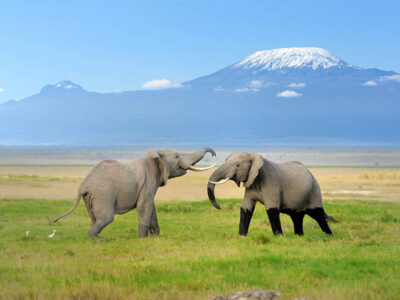
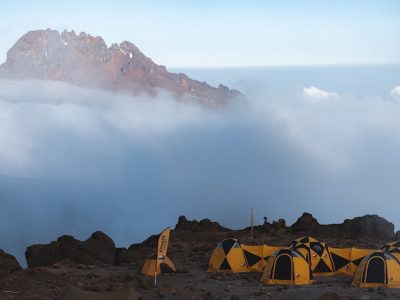
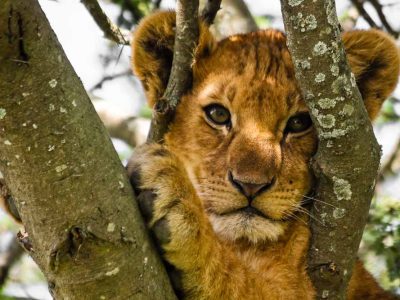
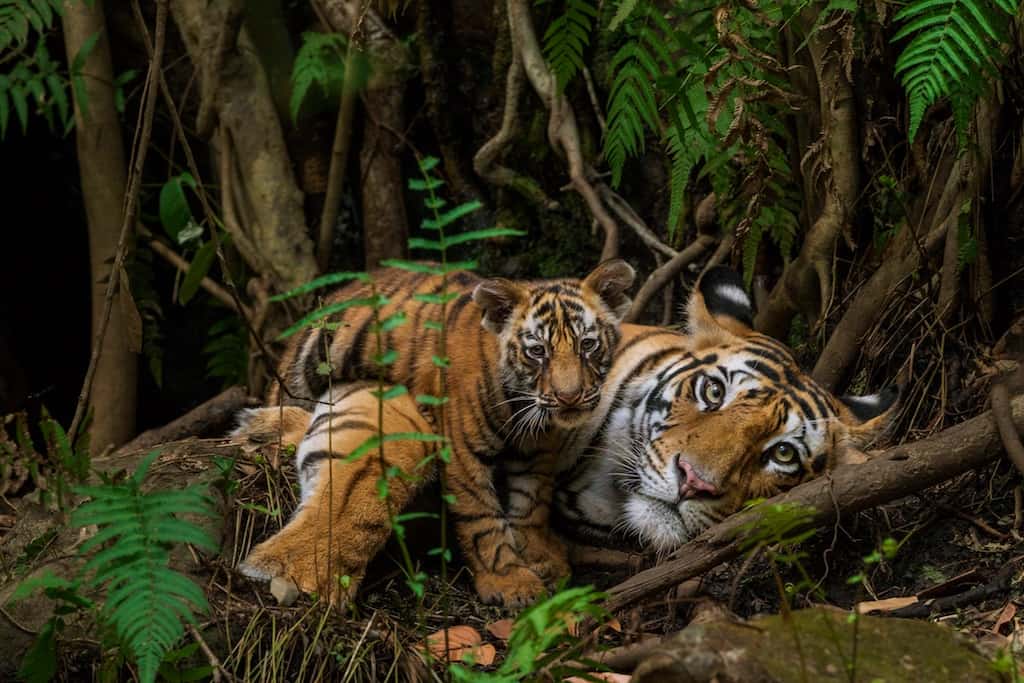
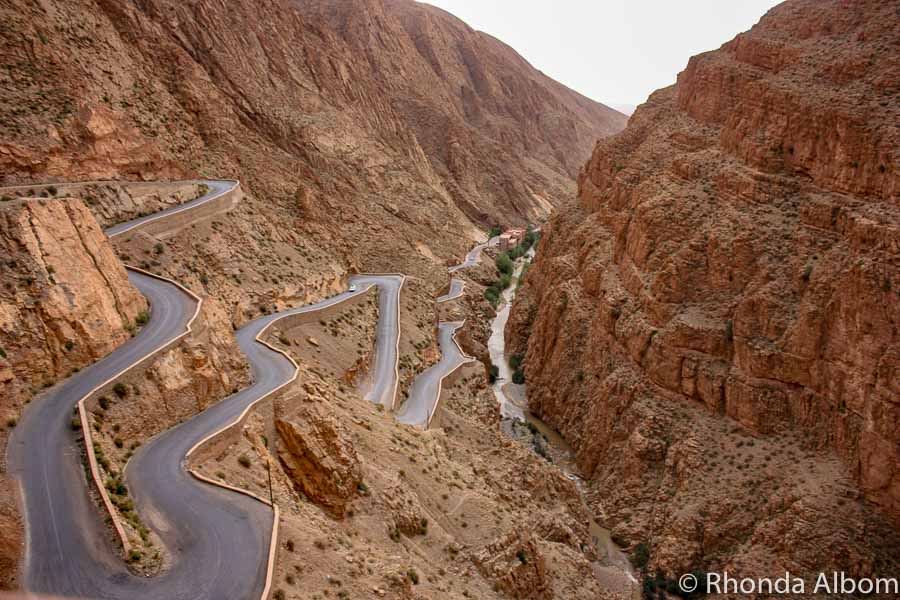
Leave a Reply